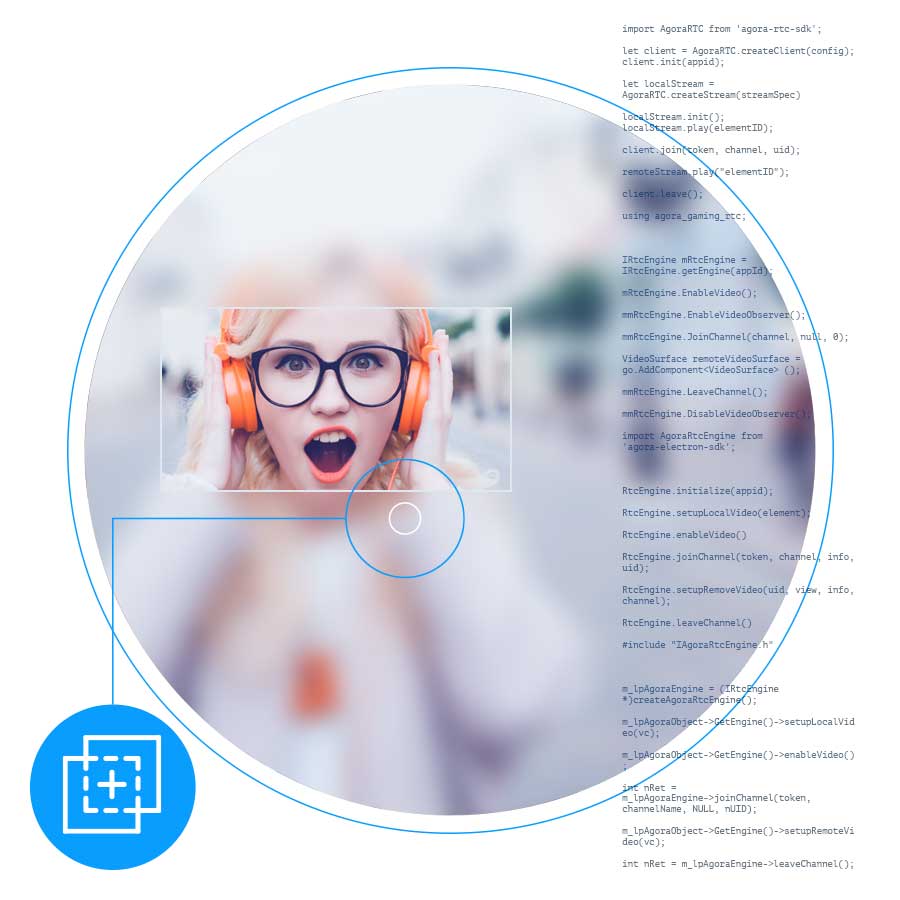

- #Agora video call react native install
- #Agora video call react native zip file
- #Agora video call react native for android
- #Agora video call react native android
If you have quietly made any fresh attempts and used the Agora SDK, please let us know by private message and we will be happy to help you share it with more developers. Thanks to the developers for their support. We were also a little surprised when he sent out in the Agora exchange group.
#Agora video call react native android
At the same time, you can also combine React Native code with Native code, whether you are using Objective C, Java or Swift.Īn Agora developer, also a React Native lover (Github: syanbo), wrote a React Native package using the Agora SDK for live, multiplayer voice or video conferencing, and of course, Android and iOS. You can create apps that run on the mobile side with just JavaScript. The app uses test as the channel name.For Web, iOS, and Android developers, React Native has helped cross-platform development efforts. You should have a video call going between the two devices.
Once you see the home screen on your mobile or emulator, click the Start Call button on the device. 
Wait for a few minutes for the app to build.
#Agora video call react native for android
If you’re building for Android connect your device and execute npm run android to start the app. (The iOS simulator does not support the camera. You can then open ios/.xcworkspace file to open your project in XCode and build the app.  If you’re building for iOS, open a terminal and execute cd ios & pod install. If you’re using tokens, enter your token and channel name as well. App.tsx and enter the App ID that we obtained from the Agora Console ( appId: ‘’).
If you’re building for iOS, open a terminal and execute cd ios & pod install. If you’re using tokens, enter your token and channel name as well. App.tsx and enter the App ID that we obtained from the Agora Console ( appId: ‘’). 
#Agora video call react native install
Run npm install to install the app dependencies in the unzipped directory.
#Agora video call react native zip file
Download and extract the ZIP file from the master branch. Make sure you’ve registered an Agora account, set up a project, and generated an App ID (and temporary token). You’ll need to have the LTS version of Node.js and NPM installed. This is the structure of our application: For more information about token-based authentication in the Agora platform, see this guide: Note: Token authentication is recommended for all RTE apps running in production environments. The temporary token will be used to authorize your requests while you’re developing the application. You can find a link to generate temporary tokens on the edit page. If you select App ID with a token, obtain a temporary token as well for your project. Navigate to the Project List tab under the Project Management tab, and create a new project by clicking the blue Create button.Ĭreate a new project and retrieve the App ID. You can follow this guide for reference: I’m using v3.4.6 at the time of writing.Ĭreate an account [ ) and log in to the dashboard. We’ll be using the Agora RTC SDK for React Native for the example below. You can get a live broadcast going in a few simple steps within a matter of minutes. We’ll go over the structure, setup, and execution of the app before diving into how it works. In this article, we’ll build a live broadcasting app that can have multiple broadcasters and host thousands of users by using the magic of the Agora Video SDK. There’s a really easy way to make this happen using the Agora React Native SDK. For example, maintaining low latency, load balancing, and managing thousands of users in the audience can be stressful while also maintaining cross-platform compatibility. There are a lot of aspects to building a scalable, high-quality, live video streaming app. Live video broadcasting has seen a range of uses from live shopping to live concerts.








 0 kommentar(er)
0 kommentar(er)
